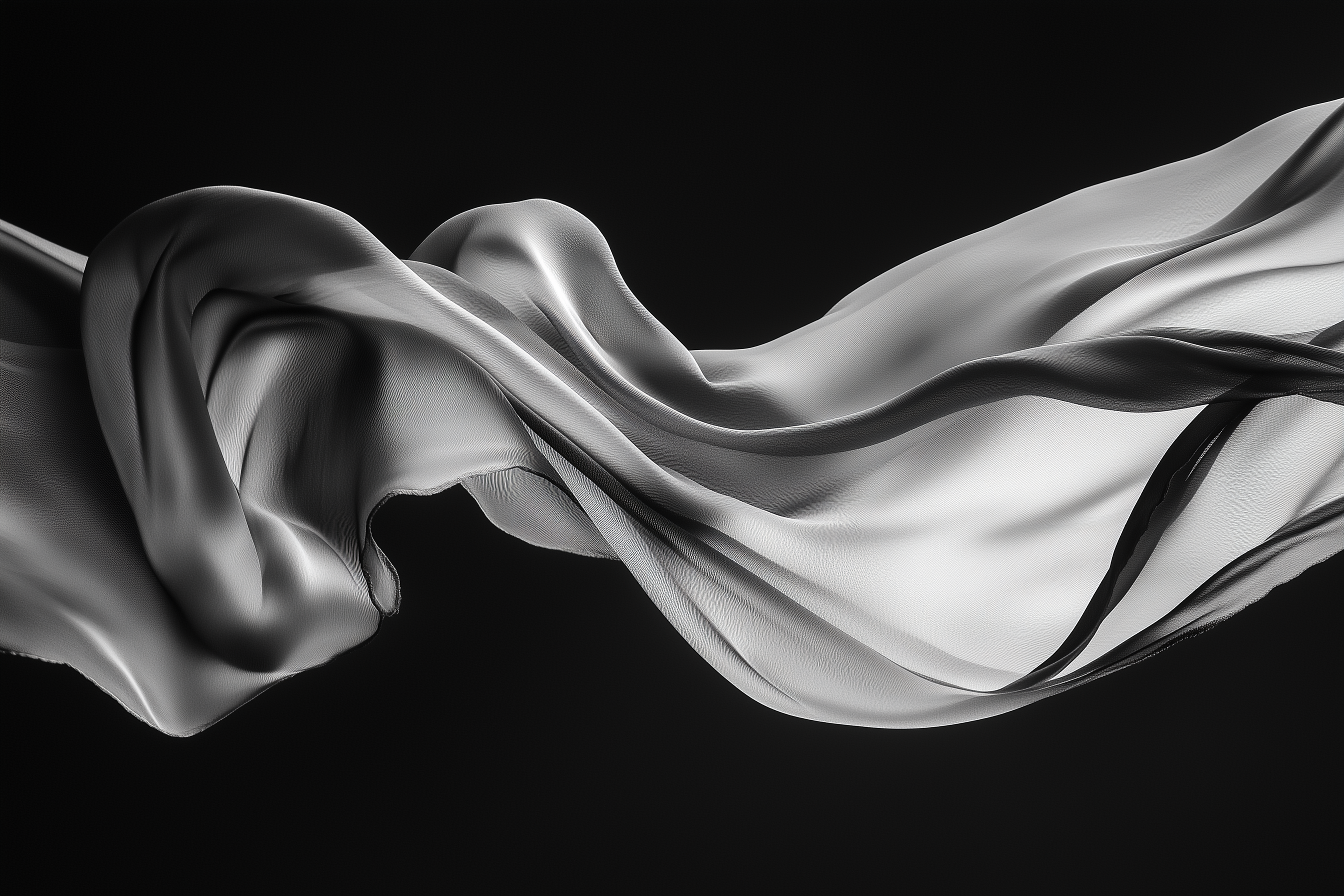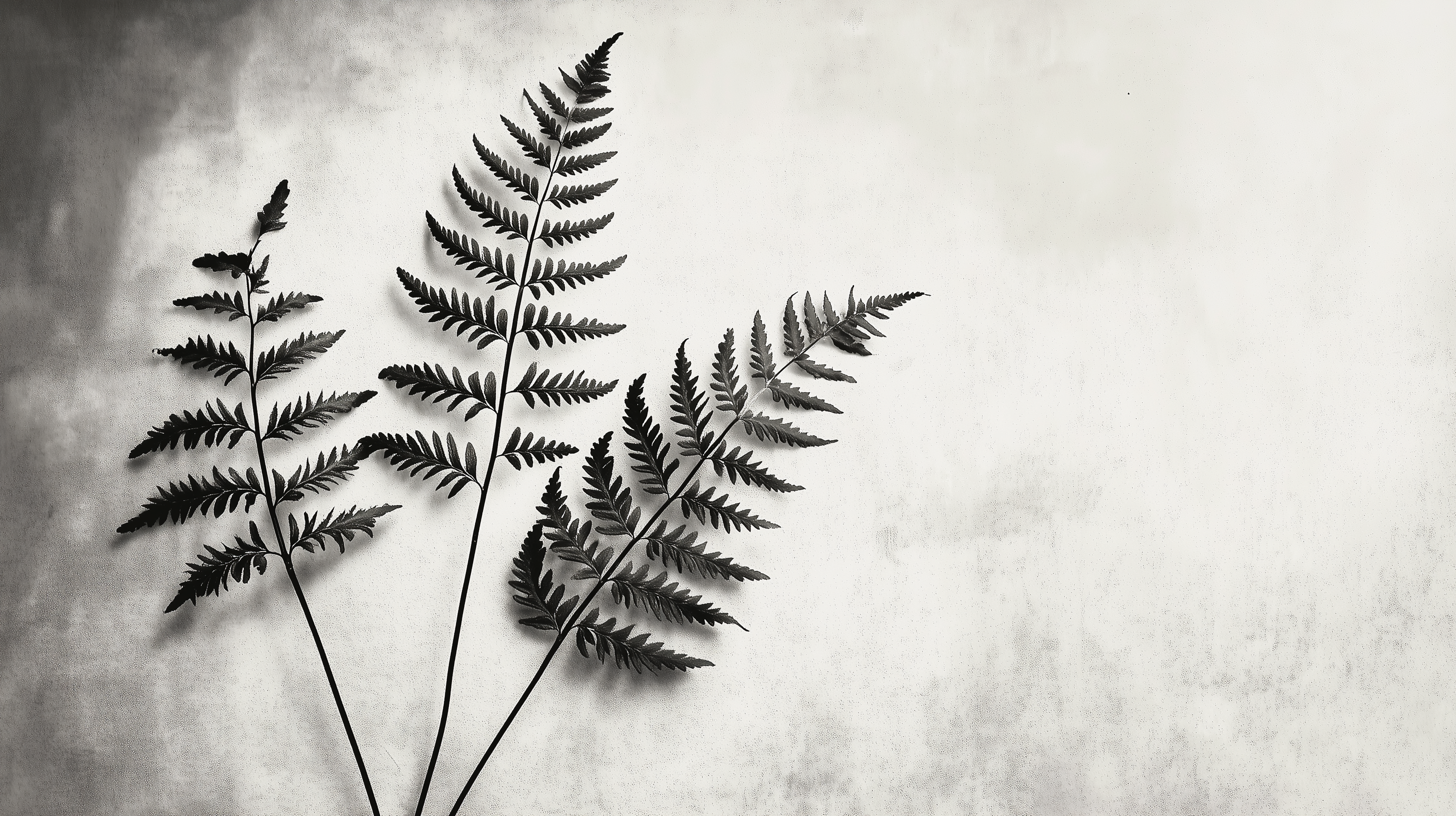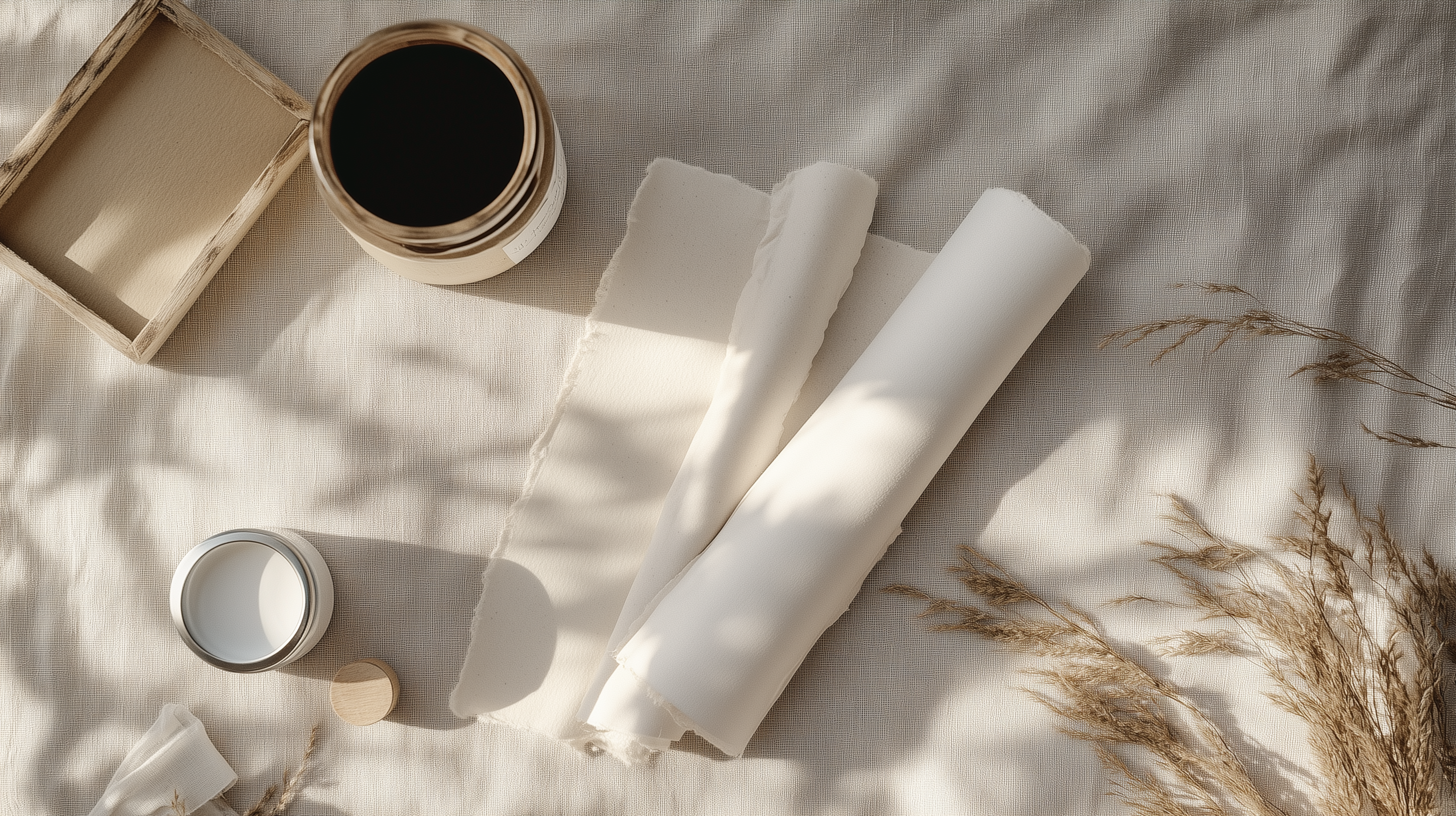Where Code Meets Canvas
The artist’s brush now moves with machine memory. The camera lens learns through layers of neural networks. And the quiet frame that hangs on your wall? It may have been touched — if not shaped — by artificial intelligence.
But here’s the paradox: in a world that is more digitized, more automated, and more artificially “intelligent” than ever before, the soul of design still calls for something profoundly human. Something imperfect. Something real.
At artisCHt, where art intersects with teCH, soul, and identity, we ask not whether AI should be in design — but how it should live within it.
AI as Collaborator, Not Creator
The generative art revolution is no longer coming — it’s here. Tools like Midjourney, DALL·E, and Runway have democratized image generation. With a few prompts, anyone can summon mountains, cities, faces, or fantasies out of thin air.
But what separates noise from nuance is not the tool — it’s the vision. While generative AI can compose, texture, and simulate, it cannot decide why. It lacks the existential itch, the silent memory of a lived experience, the philosophical breath behind a black-and-white photograph.
This is where the human enters — not as a gatekeeper, but as a composer of questions. The role of the artist is evolving into one of curator, editor, and poet. We prompt, we refine, we listen. And sometimes, we delete.
Building Hybrid Workflows: artisCHt's Approach
At artisCHt, we use AI not as a shortcut, but as a sketchpad. We begin with emotion, memory, mood. We ask ourselves: What feeling do we want this piece to evoke in a room? What silence should it interrupt — or amplify?
Then we translate that vision into digital language:
- We feed AI prompts that carry intentional abstraction: "A shadow of loss across brutalist concrete at dusk."
- We reject perfection — sometimes choosing the flawed rendering over the technically perfect one.
- We remix: blending AI-generated landscapes with analog textures, architectural scans, or hand-drawn details.
The result is a hybrid canvas: part machine, part memory. Not synthetic, not organic — but something else. Something future-facing, yet emotionally ancient.
Why Monochrome Still Matters
In a world obsessed with hyper-saturation, black and white remains our defiance. It filters out noise, leaving only form, light, and soul. It reminds us that art is not about more — it’s about less, distilled better.
Generative AI often leans toward excess — too much texture, too many details. At artisCHt, we intervene. We extract. We reduce. Our monochrome brutalism is a rebellion against algorithmic indulgence.
This aesthetic restraint demands that AI bend to philosophy, not the other way around.
The Global Context: Creativity in the Age of Acceleration
As governments debate the ethics of AI-generated media, as lawsuits arise over AI “plagiarism,” and as algorithms redefine visibility online, creators face both opportunity and uncertainty.
For small art entrepreneurs, the temptation is real: use AI to scale faster, create cheaper, and flood the feed. But artisCHt resists this race. We are building something slower. More intentional. Less trend-driven. More truthful.
The future of art is not a question of human versus machine — it is human through machine. That’s the new authorship.
Framing Identity in the Age of Generative Design
At artisCHt, we don’t hide our use of AI. But neither do we market it as a gimmick. We believe AI is a medium — just like charcoal, film, or light. What matters is how it’s wielded.
In our prints, we embed not just pixels, but paradox. We ask: How does a machine dream silence? Can code mourn? What happens when generative design tries to replicate memory?
Each frame you see in our collection is more than a product. It is a meditation. A negotiation between the artificial and the authentic. Between speed and slowness. Between what’s generated and what’s felt.
A Final Thought: The New Signature
In the coming years, art collectors may ask not “Was this made by a human?” — but “Did this move me?”
And that is the signature we leave behind at artisCHt: not just initials in the corner, but the emotional residue a piece leaves behind in the room.
As AI grows louder, let our silence grow more deliberate. Let our minimalism say what maximalism can’t. Let our walls remain human.




Share:
Tariffs on Creativity: Small Art Entrepreneurs Share Their Survival Strategies
Far‑Right Censorship or Artistic Freedom? The Role of Government in Wall Art